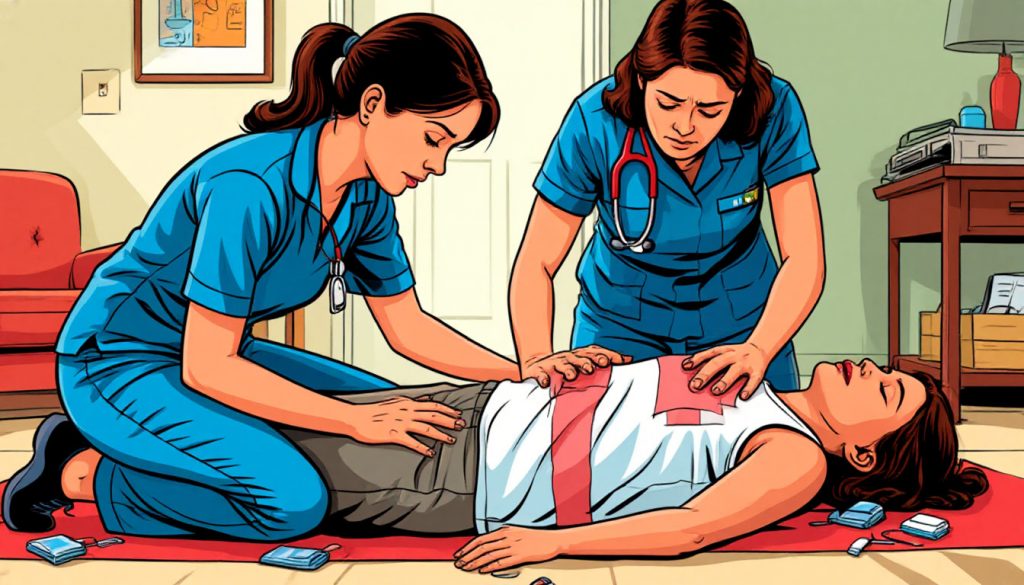Knowing basic first aid can save lives and reduce the severity of injuries before professional help arrives. Whether it’s a cut, burn, broken bone, or a head injury, your immediate response plays a critical role in recovery. Below are essential steps and tips for managing common injuries until medical professionals can take over.
1. General First Aid Rules
Before helping someone:
- If you can call for help, call it in immediately.
- Ensure the scene is safe (e.g., no fire, electrical danger, or ongoing threat).
- Call emergency services if the injury is serious.
- Wear gloves or protect yourself from contact with blood or body fluids if possible.
- Remain calm and reassuring to the injured person.
2. Cuts and Bleeding
- Minor cuts: Clean with water, apply antiseptic, and cover with a clean bandage.
- Severe bleeding:
- Apply firm pressure with a clean cloth.
- Raise the injured limb if no broken bones are suspected.
- Keep pressing until help arrives or bleeding stops.
- Don’t remove objects stuck in a wound—apply pressure around them.
3. Burns
- First-degree burns (red skin): Cool under running water for 10–15 minutes.
- Second-degree burns (blisters): Do not pop blisters. Cover with sterile gauze.
- Do not apply ice, oil, or butter to burns.
- Seek emergency help for burns on the face, hands, or large areas.
4. Fractures and Sprains
- Do not move a suspected broken bone unnecessarily.
- Immobilize the area with a splint (e.g., rolled towel, stick) tied with cloth.
- Apply ice packs to reduce swelling.
- For sprains, use the RICE method: Rest, Ice, Compression, Elevation.
5. Head Injuries
- Check for confusion, vomiting, or drowsiness—these can indicate a concussion.
- Keep the person awake and seek medical attention immediately.
- Do not let them sleep if they’re confused or unresponsive.
- Avoid moving the person if neck or spinal injury is suspected.
6. Choking
- Encourage the person to cough if they can breathe.
- If choking is severe and silent:
- Perform the Heimlich maneuver (abdominal thrusts).
- If the person becomes unconscious, begin CPR and call emergency services.
7. CPR (Cardiopulmonary Resuscitation)
If someone is not breathing:
- Call emergency services.
- Begin chest compressions: Push hard and fast in the center of the chest (100–120 times/min).
- If trained, give rescue breaths after every 30 compressions.
Conclusion
Having even a basic understanding of first aid can make you a valuable responder in emergency situations. These early actions often prevent complications, reduce pain, and save lives. Consider taking a certified first aid course to deepen your knowledge and confidence.
And remember – if you can call for help – call it as soon as possible.
Glossary
- Heimlich maneuver: Emergency technique to clear blocked airways.
- RICE: First-aid method for sprains—Rest, Ice, Compression, Elevation.
- CPR: Emergency procedure to assist someone who has stopped breathing.


